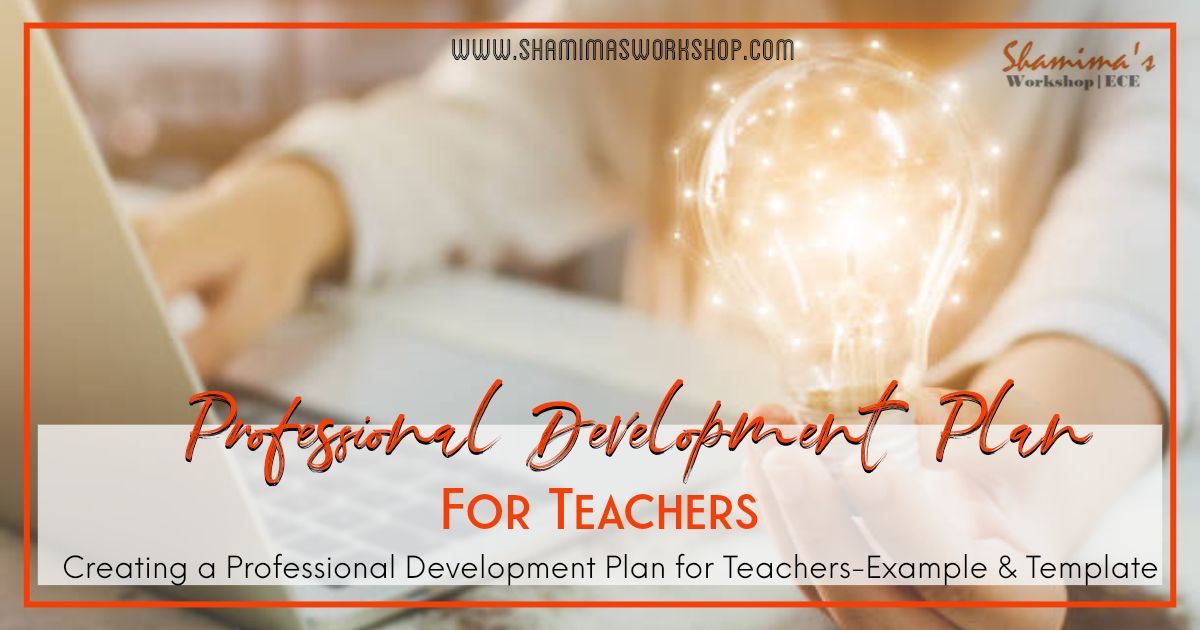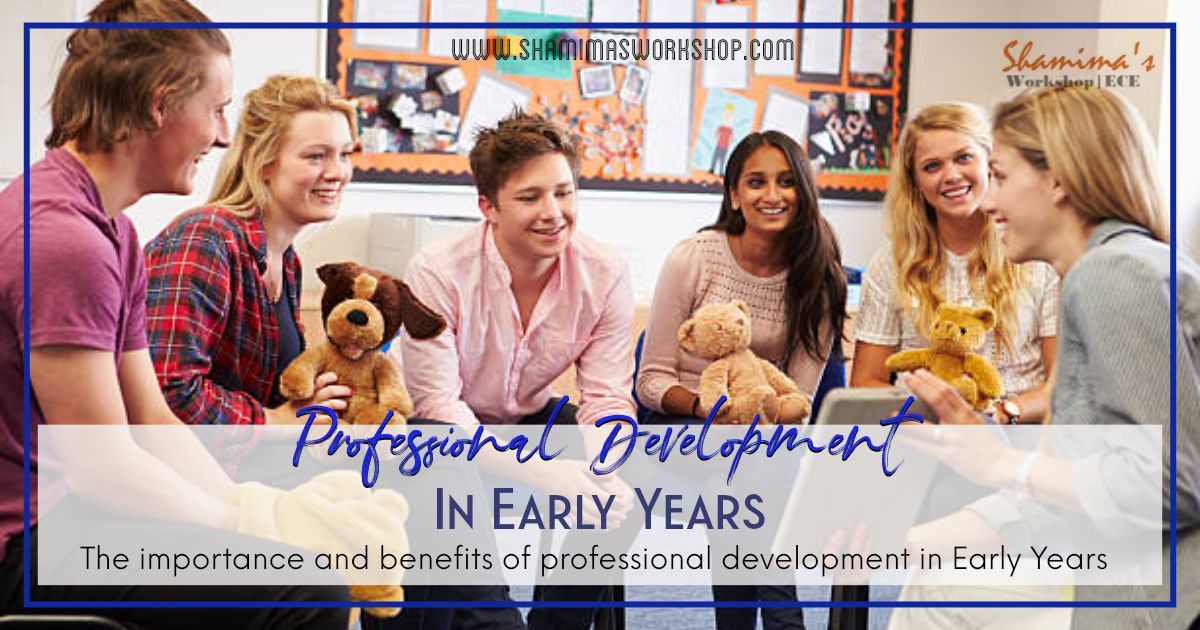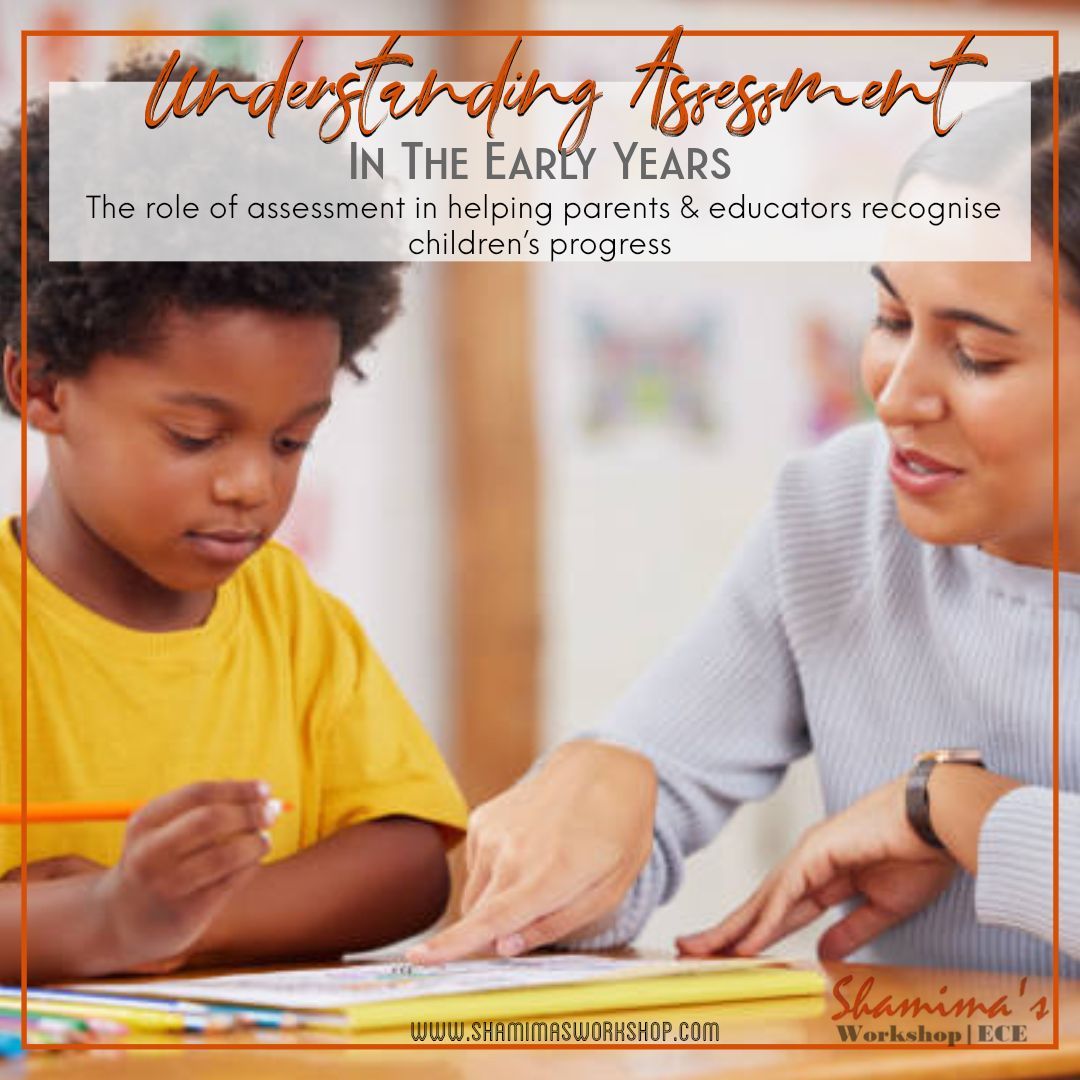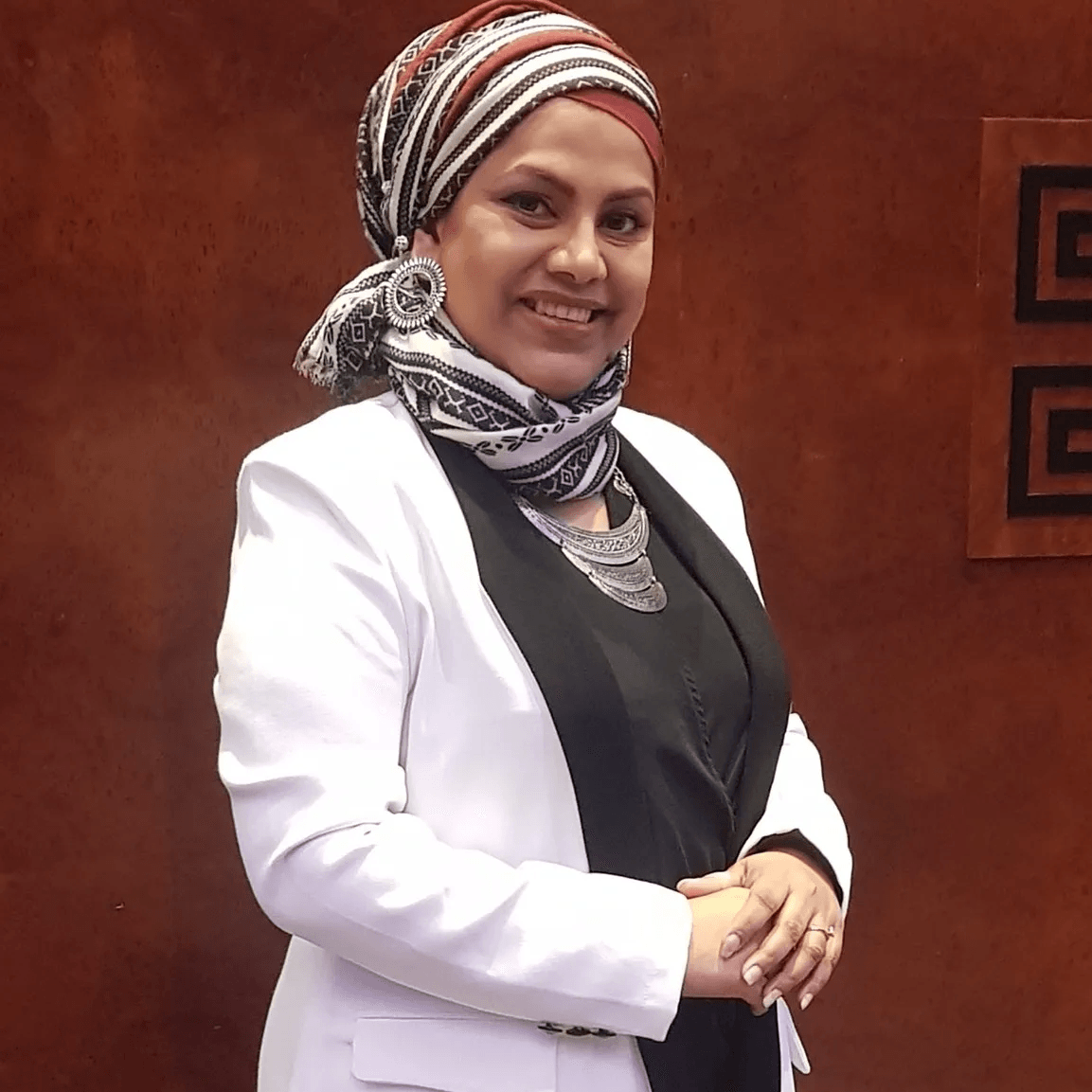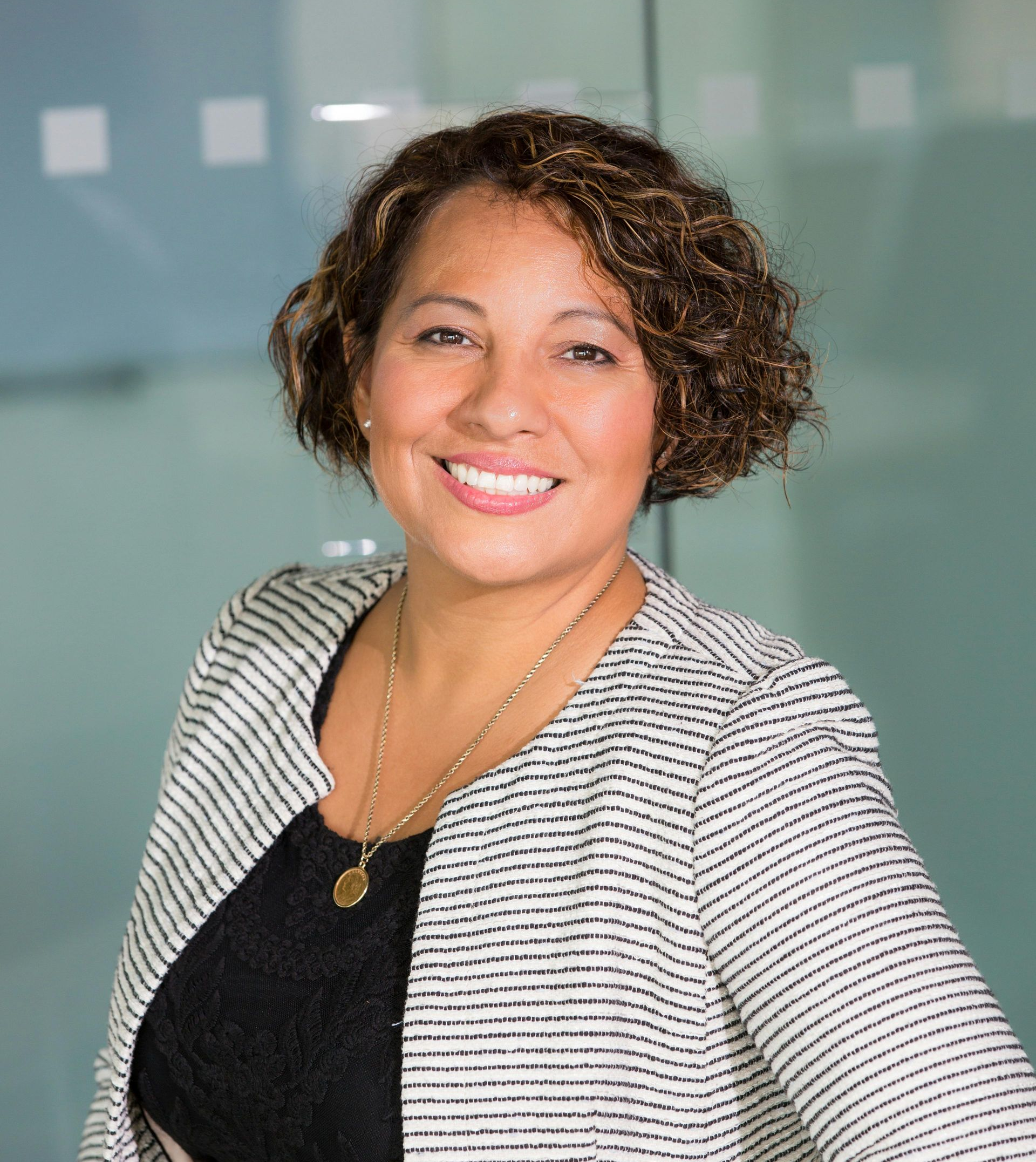Creating a Professional Development Plan for Teachers
Creating a Professional Development plan
for Teachers- Example and Template
Feeling stuck in your professional life? Take a look at our guide to learn how to create a development plan for your career.
This post will define professional development plans, go over how to make one, and offer an example.
What is a professional Development plan?
A professional development plan (PDP) is a set of doable actions that you can take to advance your career. Whether it's obtaining a new certification or connecting with a mentor who can provide guidance, a professional development plan can help you get precise insight into how to achieve your career goals.
It requires strategy and time to create a PDP. But creating and carrying out a PDP can keep you on the right path to success by assisting you in identifying and developing the professional abilities required to meet your objectives. It's a crucial procedure that empowers you to realize your full potential, accomplish your objectives, and take leadership in your career advancement.
What does a career development plan typically include?
A Professional Development Plan (PDP) enables you to identify key areas of learning and development activity that will enable them to either acquire new or develop existing skills and behavioural attributes for the following purposes:
- enhance performance in your current role
- address anticipated changes in your current role
- address career aspirations towards a future role
Updating your professional development plan (PDP) upon reaching significant milestones can help it serve as a constant point of reference or benchmark. Updating your PDP on a regular basis enables you to establish new objectives that advance your career and personal development. It is now appropriate to begin considering your future goals.
How to create a professional development plan
Follow these Six steps to create a simple, thorough professional development plan:
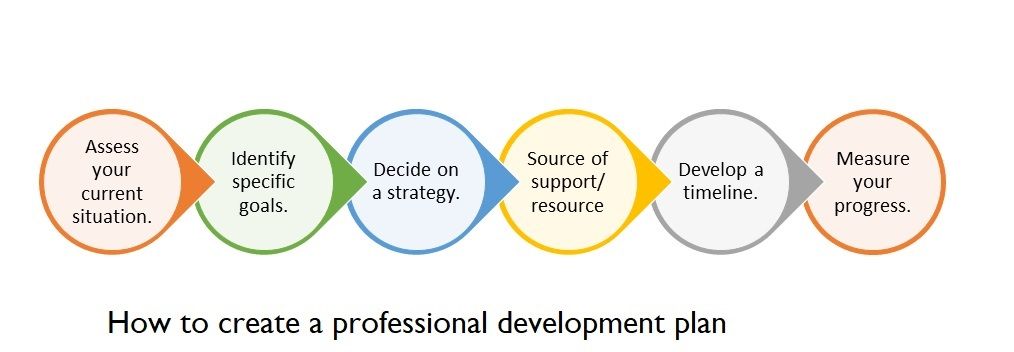
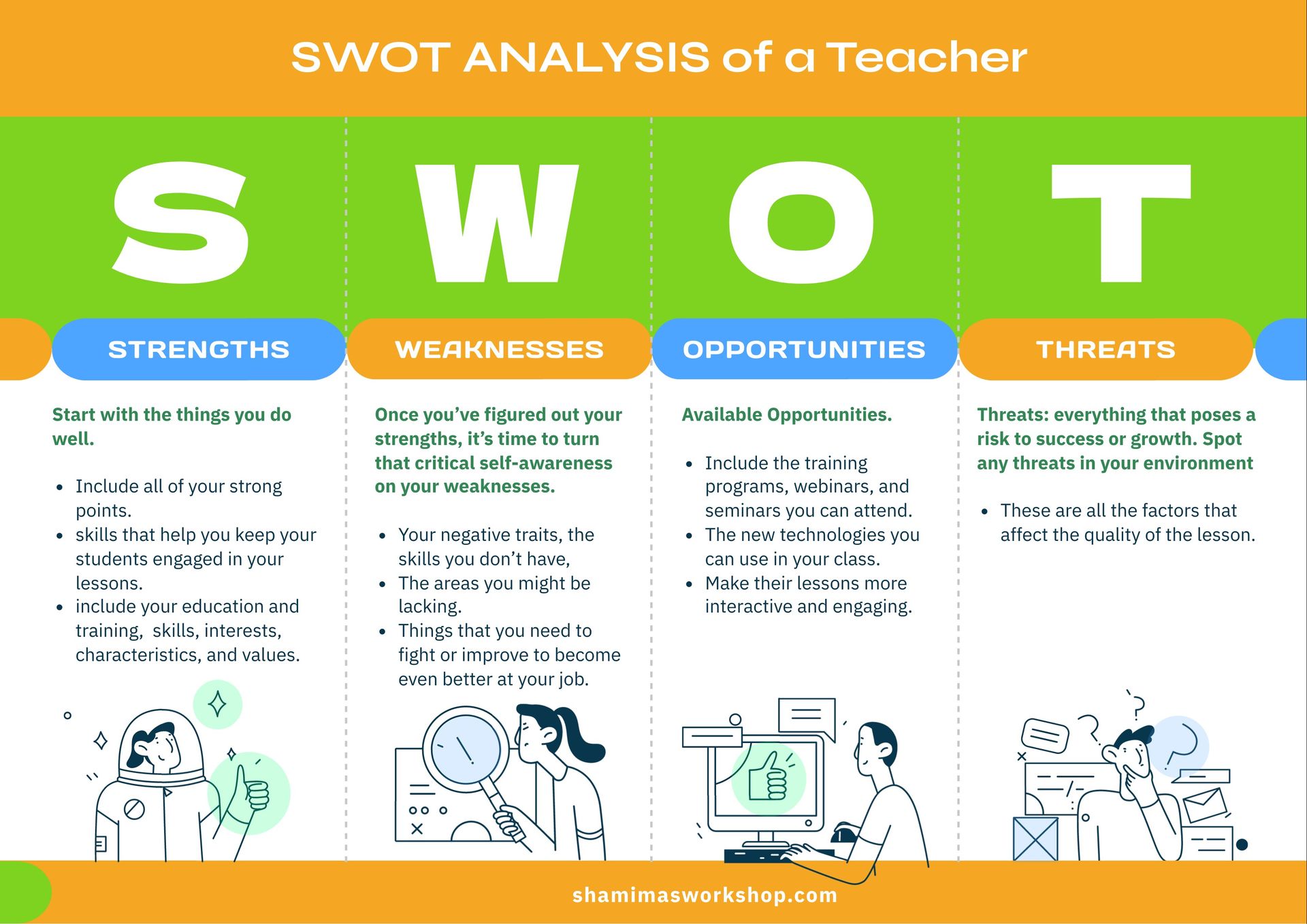
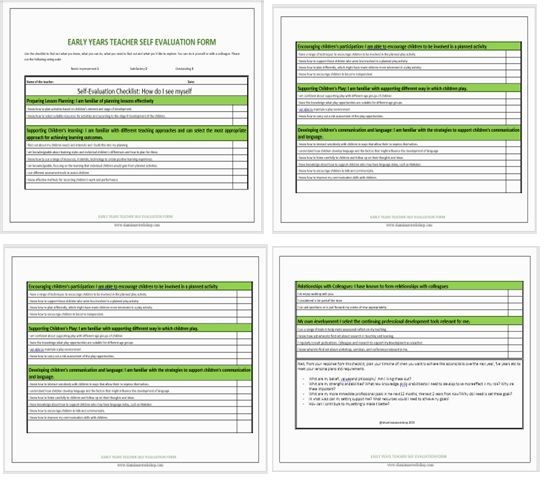
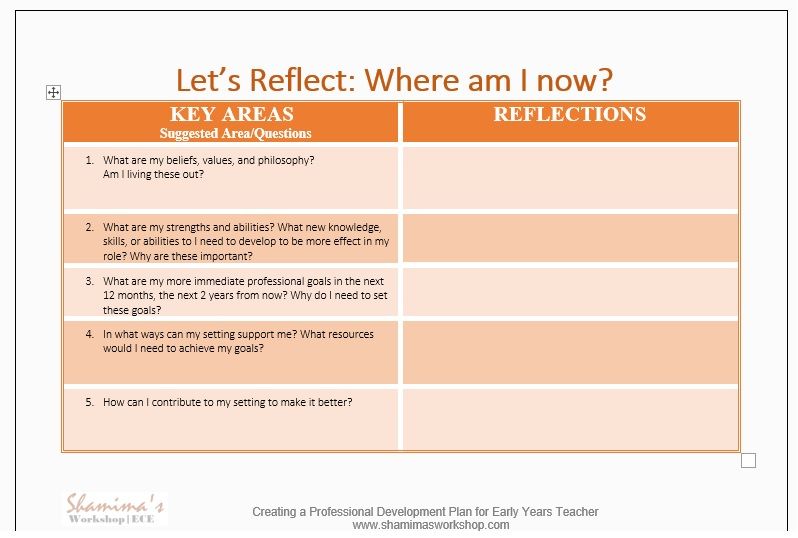
STEP 2: Identify specific goals:
Now that you’ve evaluated your current position and skills, it’s time to set your goals. Your professional development plan should include SMART goals, which stand for Specific, Measurable, Achievable, Relevant, and Timely. Setting SMART goals will help them become measurable, which will make it simpler to update your PDP when significant milestones are reached.
Make your goals easy to accomplish by breaking them down into manageable steps. To help you rapidly identify goals, it is useful to put goals in order of priority, with the highest goals appearing first. Sorting your goals into short-, mid-, and long-term categories can also be helpful, so you can create more thorough plans to accomplish each one.
· SHORT TERM: The short term can be achieved in fewer than two months.
· MID TERM: Mid-term goals may take from two three years to achieve,
· LONG TERM: In the next three to five years is considered long-term.
Remember, to succeed, you need SMART goals- Specific, Measurable, Achievable, Realistic and Time -Bond (SMART).
DOWNLOAD the Professional Development Goals template and start achieving your professional goals.
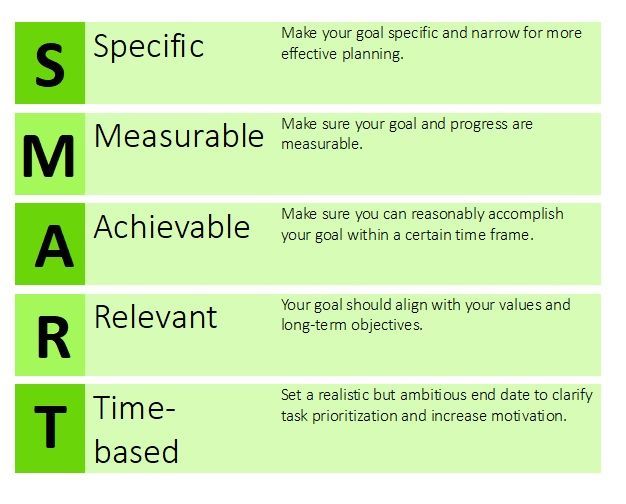

STEP 3. Develop a strategy :
Now that you have identified the areas you need to work on, it is time to decide how you will address them. You should include a range of methods in your list, such as exposure (learning from others), education, experience learning (learning by doing), and reflection. Maybe you should enroll in official CPD training, attend skills workshops and seminars offered by your firm, or stay current with emerging technologies in the field you work in.
When developing your strategy, keep the following points in consideration:
- If the objective is to change careers, consider the training or credentials you would need to get and the time it would take to get them. To achieve this goal, look into potential certification and education programs that you might enroll in.
- Consider creating a mentor-mentee relationship with a professional source if you need advice. A mentor could be a professor or teacher, an experienced coworker, or a former employer.
- You may have options at your current job to expand your skill set if you need to. You can request additional duties from your manager to help you acquire the necessary abilities.
Remember, this is a process of continual development, not a one-time thing.
STEP 4: Sources of support and resources:
This describes what you need to help you achieve your development objectives. Typically, this would involve support from your manager, department, or colleague to enable you to undertake a learning or development activity, such as time away from your role or funding from your department. When you’re developing the resources section of your PDP, be specific. It’s important to have a complete idea of what is available to you.
STEP 5: Develop a timeline:
Creating a timeline and deadlines for your goals can be extremely helpful in sticking to them. It’s also the “T” of any SMART goal (time-bound). Setting out a timeline for your goals and sticking to it are crucial components of creating a personal development plan (PDP). You're more likely to succeed in achieving your goals if you know you've set a deadline for yourself.
Set your goals annually, provide extra time for each objective (because things rarely go as planned), and align your aims with opportunities you want to take advantage of.
If your main goal is tied to a specific date( for example, a new position that you want which needs to be filled by the beginning of the next year), your timeline will hold you accountable to your short- and mid-term goals so you don't miss this career opportunity.
STEP 6: Measure your progress:
Measuring your progress will help you know if you are hitting your ‘check lists’, meeting your targets, and are on track for reaching your goals. With your timeline at hand and your SMART goals defined, it should be easy for you to track your progress and assess where you are. This brings us back to the beginning because your PDP isn’t a linear plan—it’s a lifecycle. It can be necessary for you to create new targets, goals, or even more achievable steps.
Keep in mind that plans alter and that your goals will advance along with you as you pursue your career. Since learning is a lifetime process, it's critical to keep up your professional growth to succeed in the workplace.
So, You’ve Made Your Professiona Development Plan.
Now What?
Download: Our Professional Development Planning Workbook.
Shamima's Early Years Blog
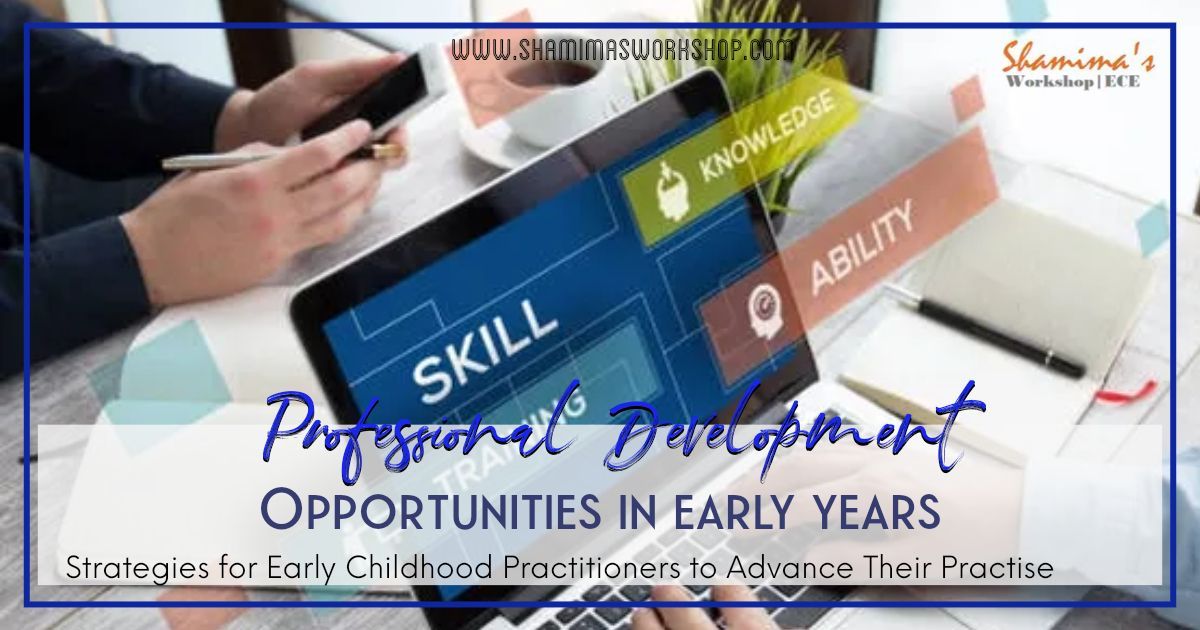
Welcome
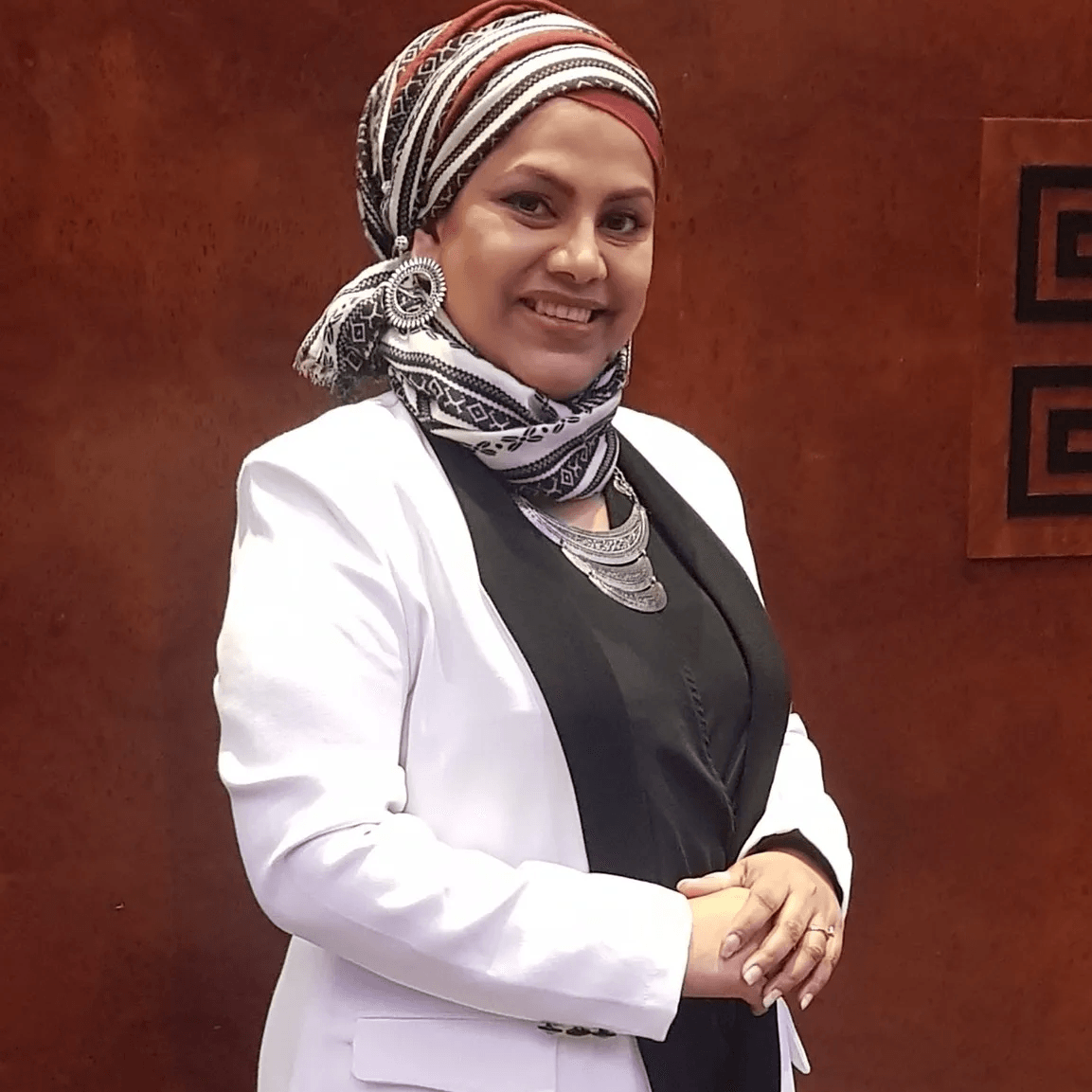
Hi, i am Shamima Fowzee, an early years educator, trainer and consultant. I Share ideas, inspiration, & resources for play-based, inquiry-led learning. Find out more about me here.
SHOP NOW
RECENT POST
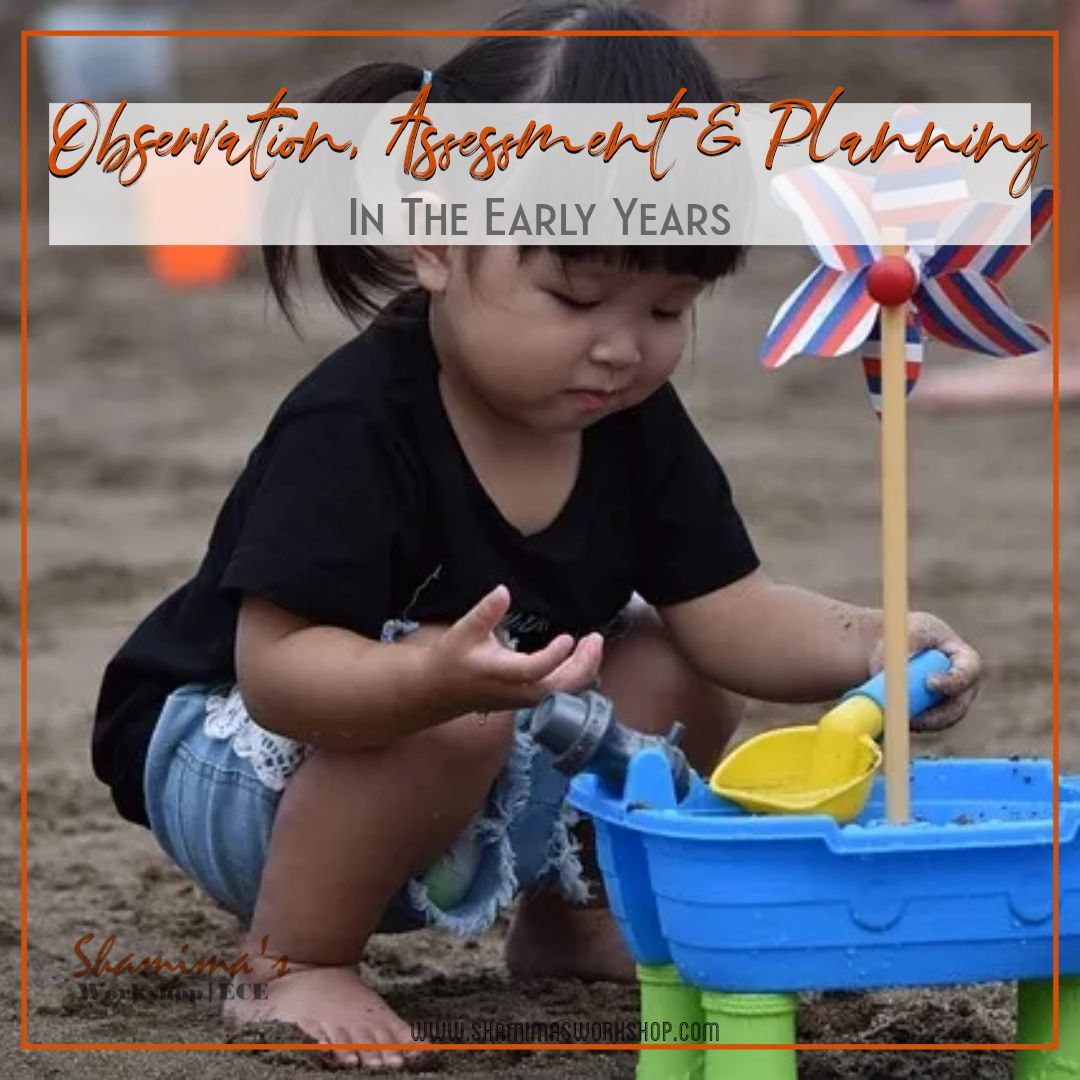

How can I thank you? Spread the word!
For everyone who is passionate about the importance of Early Years.

